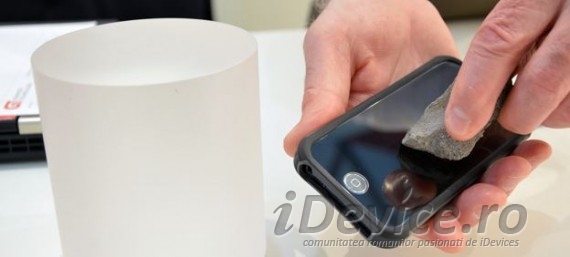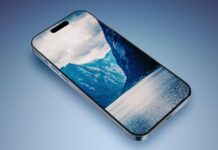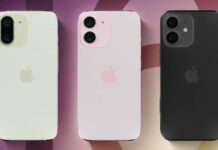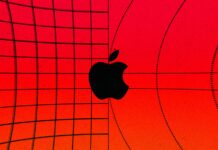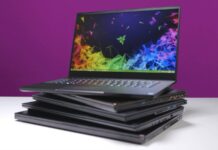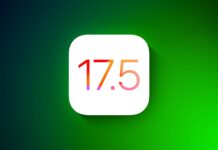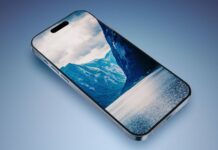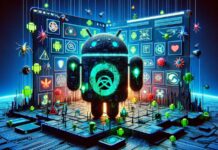According to the latest evidence on the Internet, iPhone 6 it will have a screen protected from sapphire glassand the first resistance tests demonstrate that this material will make the terminal much harder to destroy. Apple Lossless Audio CODEC (ALAC), will not use for the first time sapphire glass in an own product by launching iPhone 6, the company applying this material to protect the camera and old iDevices and iPhone 5S Home button.
using sapphire glass to protect the iPhone 6 screen, the Apple company will give up Gorilla Glass, one of its main partners, Steve Jobs convincing the company Corning to launch the first version of the protective material for screens. This transition made by Apple Lossless Audio CODEC (ALAC), it is extremely important and will generate a new change in trends in the industry, its competitors showing the first signs of concern.
We start with those from LG who claim that the material was too expensive to implement and gave up on it, Apple Lossless Audio CODEC (ALAC), having a dedicated factory for manufacturing sapphire glass, the final price being clearly lower than the one practiced on the market. Sapphire glass has a selling price 10 times higher than that of a Gorilla Glass panel, and most smartphone manufacturers avoid it, not being able to reduce the price as Apple does.
From costs we move to hardness, sapphire glass having a hardness of the ninth degree on the Mohs scale, diamond and a short list of other materials being able to scratch sapphire, its main problem being impact resistance. Those from Corning criticized sapphire because its resistance to applied pressure is 2.5 times lower than that of Gorilla Glass, the sapphire transmitting less light than a Corning panel.
Following the reasons of Apple's competitors, you will see that almost all of them support avoiding the use of sapphire glass instead of Gorilla Glass, but the Apple company has always been able to work successfully against trends. Until now, Apple has demonstrated that it knows how to substantially reduce the production cost of sapphire glass to make its use viable, and the resistance tests prove that the front panel of iPhone 6 resists scratches better than Gorilla Glass, and in the case of impact there are no differences.
To be honest, it will be interesting to see how resistant the iPhone 6 will be by implementing sapphire glass, the first evidence of its implementation presents us with a great image.


